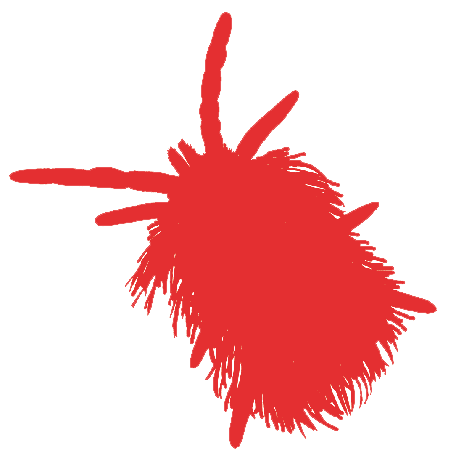The archive is an artwork, but given its running time of 18.5 hours it is unavoidably not as accessible as I would wish; hence my desire to show its scope and essence through video installations. Since March last year I have been exchanging emails with John Caddy, a marvelous poet and photographer who lives near Forest Lake in Minnesota and runs the Morning Earth website. He is profoundly into biodiversity, which he celebrates with a daily photograph and poem emailed to subscribers worldwide. I acknowledged his, in my experience, unparalleled work and unburdened myself to him in an email today, bemoaning the fact that I found that none of the art administrators and hardly any artist in the art and ecology movement as I have encountered it, appear to be onto biodiversity. They are either too urbanized, too interventionist or too limited in their approach to nature to take on biodiversity.
I pointed out that to make biodiversity an artwork requires above all a recognition of what constitutes a life form, plus an openness to the minutest detail, such as his photo of the track of a grub in bark, and… Read Complete Text



